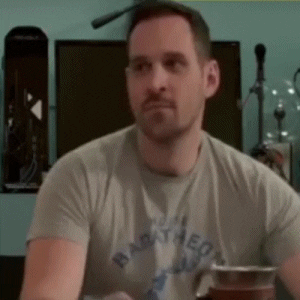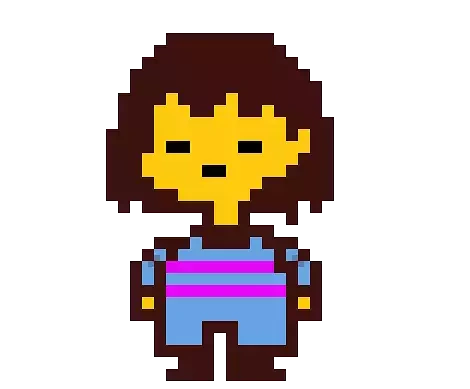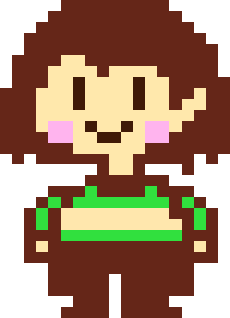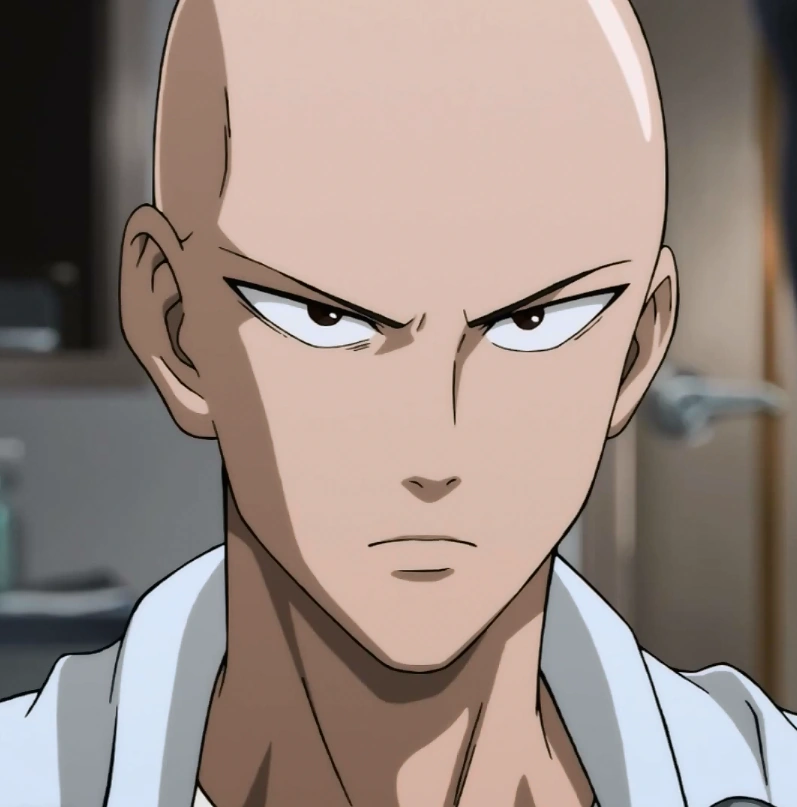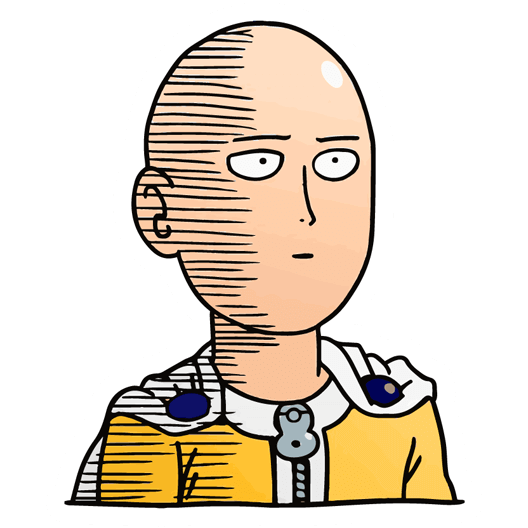I said last time that I’m not an illustrator. I’m even less of a game designer. I had Mario Maker for maybe a week before I got frustrated. So, at the beginning of the project, I knew that I wanted this to be dating simulator without dating meets pokemon without the pokemon. Simple premise, I think. But I had no idea how to make it happen.
So I took to google.
Already I was familiar with Lemmasoft Forums, a popular place for visual novel-esque creators to talk about projects. (I’d been on the site shopping for freelance writing gigs.) I also knew of this existence of game editors like RPG maker, Game Maker, etc. What I didn’t know was the exact format of the game. Was it an RPG with heavy visual novel elements or a visual novel with heavy RPG elements?
First thing I did was expand my knowledge base, hoping that along the way I’d pick up a few ideas as to how to focus the game a little more. Knowing from the outset that I was interested in blending genres, I looked for softwares with more robust capabilities, and to do that I looked at genre-blending indie games with interesting mechanics. I did so because inventive mechanics demand flexibility in their engines.
Here’s what I found.
Monster Prom: Unity
Doki Doki Literature Club: Ren’py
Undertale: Game Maker
The Stanley Parable: Source
Oxenfree: Unity
OneShot: RPG Maker
Night in the Woods: Unity
I know what you’re thinking. Unity seems like the way to go.
HAHAHAHAHAHAHAH ARE YOU DUCKING KIDDING ME MATE HAVE YOU SEEN IT? If I even dare to download the personal license it’s going to take me out behind the 7-11 and beat the ever loving oopsy poopsy out of me.
 |
| This is Unity. Eat your heart out. |
Luckily, there are other options. I initially considered using RPG Maker because, while the narrative element might have suffered as a result, it would have been a lot easier to get the battle system figured out and I wouldn’t need to learn how to code. Bonus points to the fact that in RPG maker I was going to be able to put in areas that the player could walk around, adding to the game feel. It all seemed pretty clear cut at the time since, in my head, the project still looked more like Pokemon then it did Hatoful Boyfriend.
There was a pretty sick deal on Steam so I was able to download MV for like $0.05. Digging into the software, however, it became quickly apparent it wasn’t going to work. I still wasn’t sure if I was going to release Socializing Simulator for free or for profit (more on that in a later post), and if I wanted to release it for profit it was going to cost a lot to get enough assets to make it not look like an RPG Maker game. More importantly than that, it was at this point that I realized that I needed to lean more into a visual novel format than an RPG, because the writing was going to be the main pull of the game. Even in the battle segments, the writing was really going to be the thing that sold it.
Ren’py was next on my list because, well, Doki Doki. And, also, free.
Ren’py scared me a bit at first, because while you had to learn a very simplistic version of coding, it was still coding. It’s a thing that smart people do. I am not smart people. Fortunately, I know smart people. I mentioned to one of my buddies, who breathes code for a living, that I was looking into learning some basic python so that I could understand Ren’py better. He gave me a couple of books and helped me work through a few ideas about the game play and how to flesh it out.
So I gave it a shot. It stuck.
On day one it took me five hours to figure out how menus work and now, six months later, I’ve pretty much finished the story segments of the battle system and laid down the ground work for a battle system. It’s still SUPER rough, but it’s serviceable. Something to build off of at the very least.
Coding is like a weird, addicting, puzzle that ends up being oddly satisfying when you figure it out. And Ren’py is actually a great program to get your feet wet and start training yourself to work in that mindset. But, also, there’s no shame in using a game editor too.
That’s all I got for now.
P.S. I lied about the comics.




